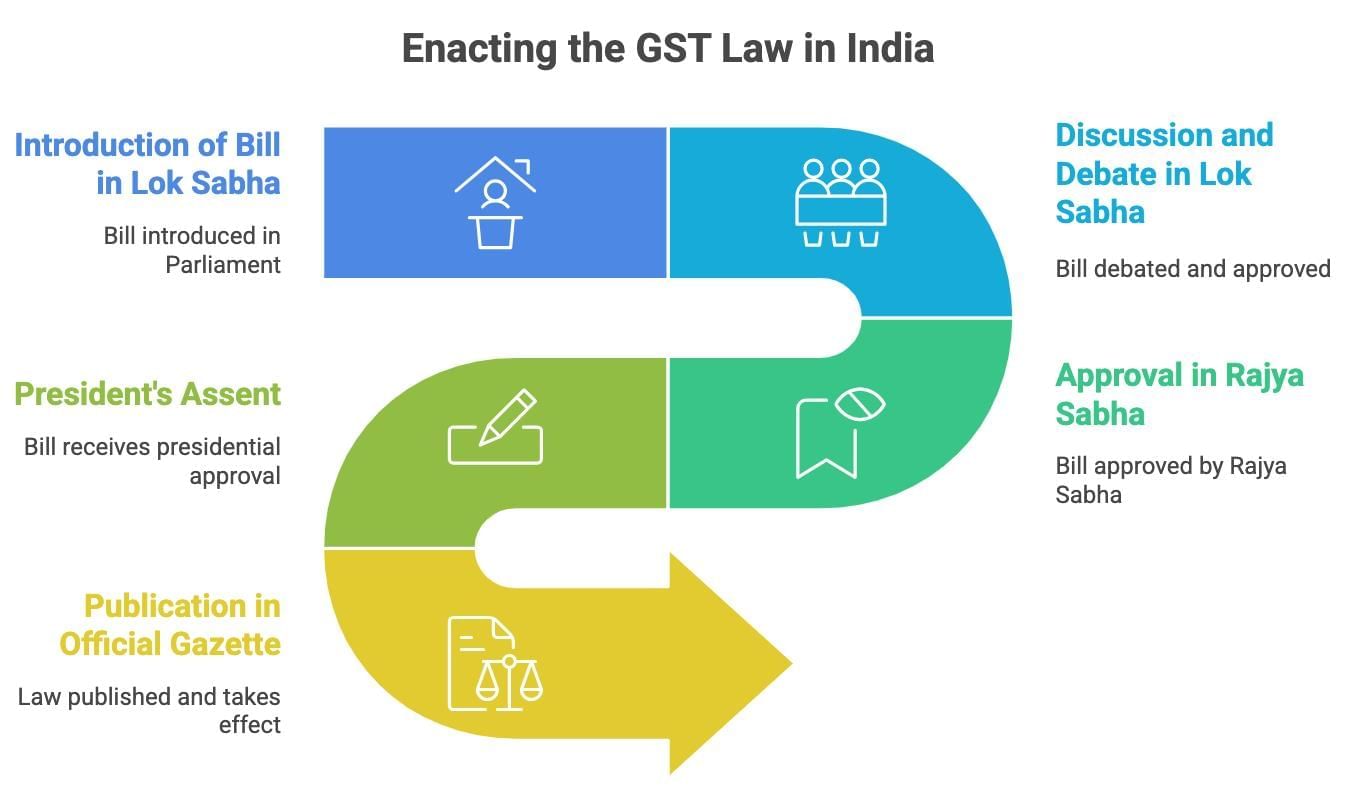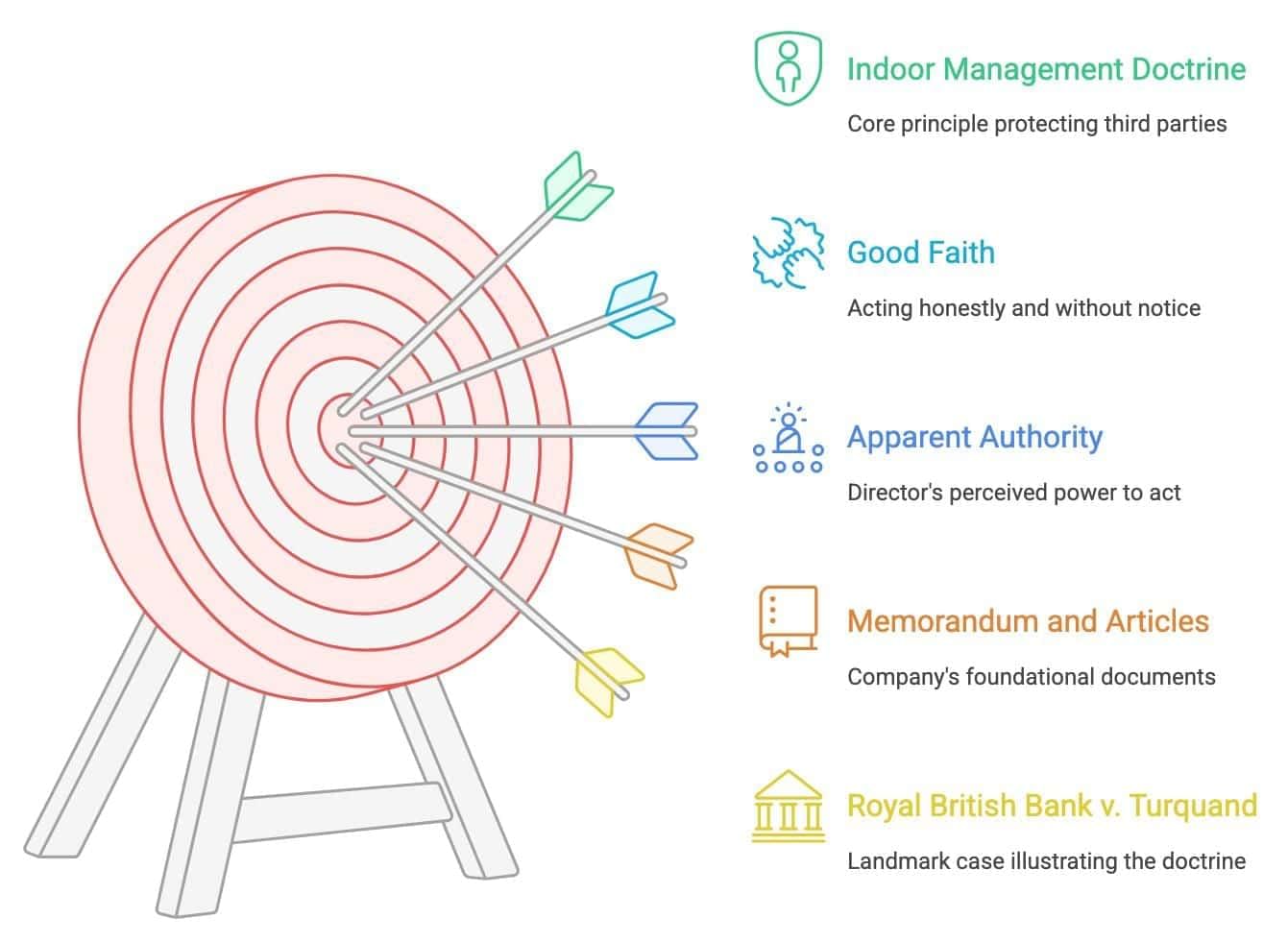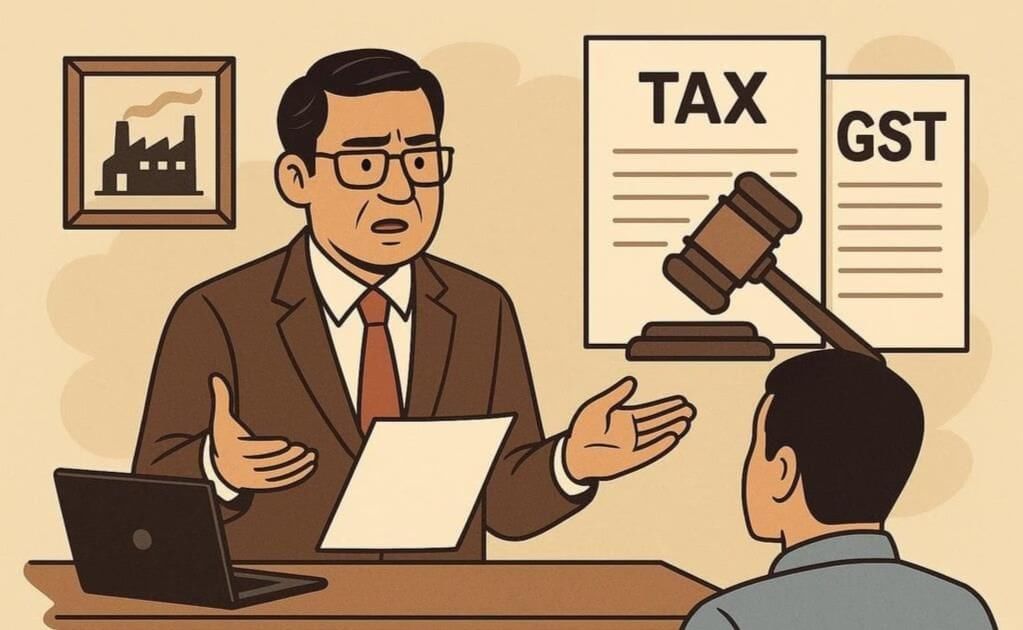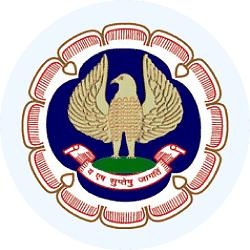Case Based Questions - Indian Regulatory Framework | Business Laws for CA Foundation PDF Download
Case Study 1: The Forbearance Agreement Dispute
Question 1: Mr. Arjun promises to pay his friend Mr. Bharat Rs. 50,000 if Bharat refrains from filing a civil suit against him for a disputed property. Bharat agrees and does not file the suit, but Arjun later refuses to pay the promised amount. Can Bharat sue Arjun to recover the amount under the Indian Contract Act, 1872?
Answer: Under the Indian Contract Act, 1872, a valid contract requires an offer, acceptance, lawful consideration, and lawful object. In this case, Arjun’s promise to pay Rs. 50,000 constitutes an offer, and Bharat’s act of refraining from filing the suit is the acceptance with valid consideration, as forbearance to sue is recognized as valid consideration under Section 2(d). The case of Chinnaya v. Ramayya (1882) illustrates that consideration need not move from the promisee alone; it can come from a third party, but here, Bharat himself provides the consideration by forgoing his legal right to sue. Since the agreement does not appear to be against public policy or unlawful under Section 23, it is enforceable. Therefore, Bharat can sue Arjun to recover the promised Rs. 50,000, as the agreement meets the essentials of a valid contract under the Indian Contract Act, 1872.
Case Study 2: The Unfair Eviction Notice
Question 2: Ms. Clara, a tenant, faces eviction by her landlord, Mr. Desai, who claims she violated the lease terms. Clara believes the eviction notice is unfair and seeks legal recourse. Under which category of law would this dispute fall, and what legal process should Clara follow to address this issue?
Answer: The dispute between Ms. Clara and Mr. Desai falls under civil law, specifically under the category of disputes between landlords and tenants, as outlined in the provided content. Civil law governs disputes between individuals or organizations, aiming to resolve conflicts rather than punish, as per the Code of Civil Procedure, 1908 (CPC). Clara should file a civil suit in the appropriate District Court, which handles civil matters such as landlord-tenant disputes. The court, likely a Court of Civil Judge with pecuniary jurisdiction up to Rs. 2 crore, would adjudicate based on the lease agreement and applicable state tenancy laws. The case of Rattan Lal v. Vardesh Chander (1976) emphasizes that eviction must comply with statutory provisions, ensuring fairness. Clara should gather evidence, such as the lease agreement and communication records, to contest the eviction notice, ensuring the court follows the principles of natural justice, including audi alteram partem, to hear both parties fairly.
Case Study 3: The Retail Theft Prosecution
Question 3: Mr. Eshan is accused of theft from a retail store and faces charges. Under which legal framework would this case be prosecuted, and what role does the Code of Criminal Procedure, 1973, play in this scenario?
Answer: Mr. Eshan’s case falls under criminal law, as theft is a criminal offense defined under Section 378 of the Indian Penal Code, 1860 (IPC), which specifies the act of dishonestly taking movable property without consent. Criminal law addresses public wrongs and prescribes punishments, as noted in the provided content. The prosecution would proceed under the Code of Criminal Procedure, 1973 (CrPC), which outlines the procedure for investigating, trying, and punishing criminal offenses. In this case, the police would investigate, file a charge sheet, and the case would be tried in a Court of Sessions or a Magistrate’s court, depending on the severity. The case of State of Maharashtra v. Som Nath Thapa (1996) underscores the importance of following CrPC procedures to ensure a fair trial. The CrPC ensures that Eshan’s rights, such as the right to a fair hearing under natural justice principles, are protected during the trial process, and the court would determine guilt based on evidence presented.
Case Study 4: The GST Legislative Process
Question 4: A new tax law is proposed to impose a uniform Goods and Services Tax (GST) across India. Which legislative body has the authority to enact this law, and what is the process for its enactment?
Answer: As per the Constitution of India, 1950, and the provided content, taxation, including Goods and Services Tax (GST), falls under the Concurrent List, allowing both Parliament and State Legislatures to enact laws, but a nationwide tax like GST is primarily under Parliament’s authority to ensure uniformity, as seen with the Central GST Act, 2017. The process begins with the introduction of a Bill in Parliament, typically in the Lok Sabha, as outlined in the content. The Bill undergoes discussion and debate in the Lok Sabha, followed by approval. It then moves to the Rajya Sabha for further deliberation and approval. Once both houses pass the Bill, it requires the President’s assent. After assent, the law is published in the Official Gazette of India and takes effect on the specified date. The case of Union of India v. Harbhajan Singh Dhillon(1972) clarified that Parliament has the authority to impose taxes like GST under the Concurrent List, ensuring a unified tax framework. Thus, Parliament would enact the GST law following this legislative process.

Case Study 5: The Fundamental Rights Challenge
Question 5: Mr. Farhan challenges a state law that he believes violates his Fundamental Rights under the Constitution. Where should he file his case, and what legal provision supports his action?
Answer: Mr. Farhan can challenge the state law by filing a writ petition in the High Court of the respective state under Article 226 of the Constitution of India, 1950, as mentioned in the provided content. Article 226 empowers High Courts to issue writs for the enforcement of Fundamental Rights and for other purposes, providing a remedy for violations by state authorities. Alternatively, if the matter involves significant constitutional questions, Farhan can approach the Supreme Court directly under Article 32, which guarantees the right to constitutional remedies. The case of Kesavananda Bharati v. State of Kerala (1973) established that Fundamental Rights are integral to the Constitution’s basic structure, reinforcing the judiciary’s role in protecting them. The High Court, with its original and supervisory jurisdiction under Article 227, would examine the state law’s validity, ensuring it aligns with constitutional provisions and principles of natural justice, such as Nemo judex in causa sua, to ensure an unbiased ruling.
Case Study 6: The Ultra Vires Corporate Action
Question 6: A company, XYZ Ltd., is found to be engaging in activities beyond its Memorandum of Association’s Objects Clause. Can a shareholder sue the company for this, and what legal doctrine applies?
Answer: Under the Companies Act, 2013, and as noted in the provided content, a company is restricted to activities specified in the Objects Clause of its Memorandum of Association. Engaging in activities beyond this scope constitutes an ultra vires act, as per the doctrine of ultra vires. A shareholder can sue to restrain XYZ Ltd. from such actions, as the company cannot be sued on ultra vires transactions, nor can it sue others on such matters. The case of Ashbury Railway Carriage and Iron Co. v. Riche (1875) established that ultra vires acts are void, and shareholders can seek injunctions to prevent such activities. The provided content highlights that the doctrine of ultra vires limits a company’s actions to its express powers under the Memorandum or those reasonably incidental, as per Section 4(1)(c) of the Companies Act. Thus, the shareholder can sue XYZ Ltd., relying on the ultra vires doctrine to challenge the unauthorized activities.
Case Study 7: The Unauthorized Director’s Contract
Question 7: Ms. Geeta, a director of PQR Ltd., enters into a contract on behalf of the company without the required board resolution. Can a third party enforce this contract, and what legal principle applies?
Answer: The third party can enforce the contract against PQR Ltd. under the doctrine of indoor management, as outlined in the provided content and illustrated by the case of Royal British Bank v. Turquand (1856). This doctrine protects third parties dealing with a company in good faith, allowing them to assume that internal procedures, such as passing a required board resolution, have been duly followed, provided the act is within the company’s Memorandum and Articles. The content specifies that stakeholders need not inquire whether necessary meetings or resolutions were properly conducted. Since Ms. Geeta, as a director, acted within the company’s apparent authority, the third party, unaware of the lack of a board resolution, can enforce the contract. The principle ensures fairness in commercial transactions, protecting external parties from internal irregularities, as long as they act in good faith and without notice of the procedural lapse.

Case Study 8: The Fraud Conviction Enforcement
Question 8: Mr. Hari is convicted of fraud and sentenced to imprisonment. Which ministry oversees the enforcement of the law in this case, and what is its role?
Answer: The enforcement of criminal law in Mr. Hari’s fraud case falls under the Ministry of Home Affairs, as per the provided content, which states that the executive branch, through various ministries, monitors law compliance. Fraud, being a criminal offense under the Indian Penal Code, 1860 (e.g., Section 420 for cheating), is prosecuted following the Code of Criminal Procedure, 1973. The Ministry of Home Affairs oversees law enforcement agencies, such as the police, who investigate and execute the legal process. The case of State of Gujarat v. Mohanlal Jitamalji Porwal (1987) highlights the role of the Ministry of Home Affairs in ensuring criminal laws are enforced through coordinated efforts with state police forces. The ministry, led by a Cabinet Minister and supported by administrative officers, ensures compliance with court orders, such as imprisonment, maintaining public order and justice in accordance with the CrPC procedures.
Case Study 9: The Non-Profit Profit Distribution
Question 9: A non-profit company, GreenEarth Ltd., is formed to promote environmental protection but intends to distribute profits to its members. Is this permissible under the Companies Act, 2013?
Answer: Under Section 8 of the Companies Act, 2013, as noted in the provided content, a non-profit company formed to promote objectives like environmental protection must apply its profits solely toward promoting those objectives and is prohibited from distributing profits to its members. GreenEarth Ltd.’s intention to distribute profits violates this condition, rendering it non-compliant with Section 8 requirements. The case of Re Bristol Joint Stock Bank (1890) (an analogous English case) emphasizes that companies formed for non-profit purposes must adhere strictly to their stated objectives, and any profit distribution to members is ultra vires. The content specifies that a Section 8 company must intend to apply profits to its objects, such as environmental protection, and not for member dividends. Therefore, GreenEarth Ltd. cannot distribute profits to its members, and doing so would jeopardize its status as a non-profit company under the Companies Act, 2013.
Case Study 10: The Supreme Court Precedent Challenge
Question 10: Mr. Imran, a shareholder of a public company, believes the company’s actions violate a Supreme Court ruling. Can he rely on this ruling to challenge the company, and what legal principle supports his action?
Answer: Mr. Imran can rely on the Supreme Court ruling to challenge the company’s actions, as per Article 141 of the Constitution of India, 1950, which states that Supreme Court decisions are binding on all courts in India, as highlighted in the provided content. The principle of stare decisis meaning “to stand by that which is decided,” mandates that lower courts and entities, including companies, adhere to Supreme Court precedents when facts are similar, as noted in the content under common law. The case of Shankari Prasad v. Union of India (1951) reinforced that Supreme Court rulings are final and binding, ensuring legal consistency. Imran can file a writ petition in the High Court under Article 226 or approach the Supreme Court under Article 32 if the violation involves Fundamental Rights, citing the Supreme Court ruling to argue that the company’s actions are unlawful, supported by the binding nature of stare decisis.
|
32 videos|251 docs|57 tests
|
FAQs on Case Based Questions - Indian Regulatory Framework - Business Laws for CA Foundation
| 1. What is the primary objective of the Indian regulatory framework in relation to financial markets? |  |
| 2. Which regulatory body is responsible for overseeing the capital markets in India? |  |
| 3. How does the Reserve Bank of India (RBI) contribute to the regulatory framework? |  |
| 4. What are the key laws governing corporate governance in India? |  |
| 5. What role do self-regulatory organizations (SROs) play in the Indian regulatory framework? |  |

















